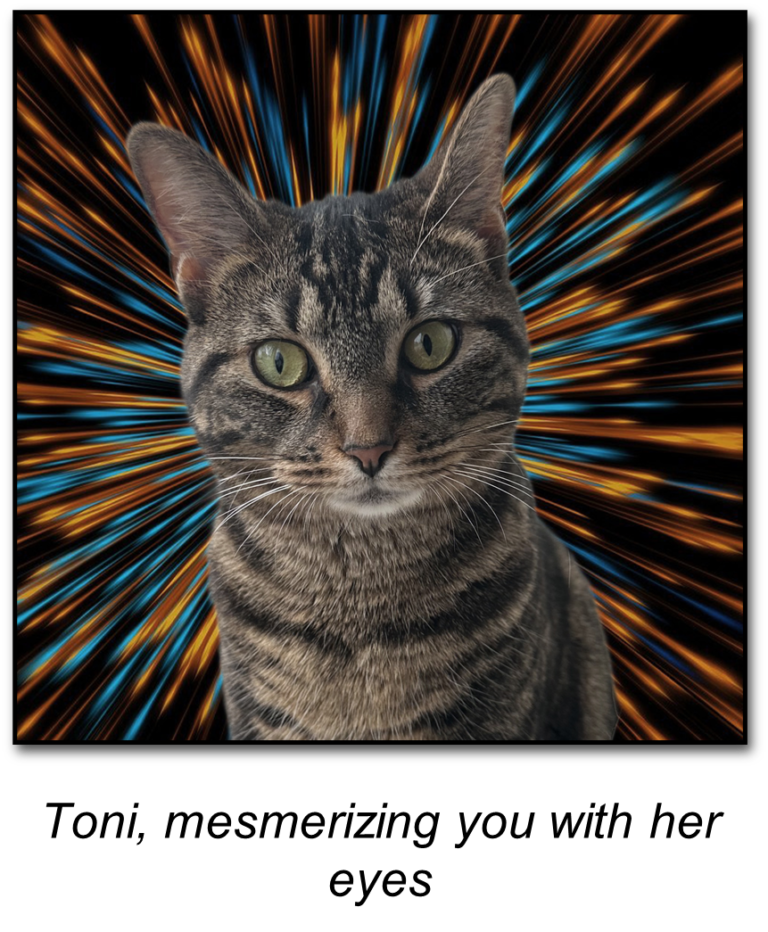Pica in Cats: What to Know & How to Help
Picas in cats – what is it? And how can you help?
Most cats love eating things like milk, tuna fish and more. But some cats enjoy eating things that aren’t food, like fabric and plastic bags. Simply put, pica is when non-food is consumed. The item of choice can vary, so be sure to consult your veterinarian if you suspect your kitty may have pica. A kitty briefly chewing something (without ingesting it) is not normally a cause for concern. However, if your cat is ingesting these items, it is time for a trip to the vet.
What causes pica in cats? Here are 6 reasons pica may develop:
1. Deficiencies in diet
A cat consuming nonfood items may be a subtle hint that kitty is lacking nutrients in his or her diet. For example, if kitty is anemic, she may consume litter. And cats who lack fat or fiber in their diet may try to eat nonfood to accommodate for those deficiencies.
2. Genetics
Some cats are simply genetically predisposed to have pica. Certain breeds, like Orientals, tend to suck on wool, which then can develop into full-blown pica.

3. Other medical problems
A variety of medical problems can spark pica tendencies, from feline leukemia and FIV to diabetes and brain tumors. Again, when in doubt, take kitty to the vet!
4. Environmental reasons
Did you move recently? Do you not play with kitty enough? Certain environmental factors could be contributing to your cat’s pica tendencies.
5. Behavioral disorder
Pica may develop because kitty is stressed or anxious.
6. Being weaned too early as a kitten
And here are 5 ways to help fix the issue!
1. Remove items
Sometimes simply removing or hiding the problematic item is enough to help kitty move on from that tendency.
2. Give kitty more attention
As we mentioned above, sometimes pica develops out of boredom. Be sure to play with your cat and give him or her lots of love. He or she may just be wanting more attention!

3. Make items unappealing
If you can’t remove the problematic item, sometimes making it less appealing can work. Anything from citrus juice to hot sauce can be applied to make the object go from “mmm” to “eww,” according to kitty standards.
4. Adjust kitty’s diet
Picas in cats may be a sign that kitty is lacking nutrients in their diet. Visit your vet to determine what your cat may be lacking, and how to supplement for the deficiency.
5. And last but not least, talk to your vet or an animal behaviorist
We can’t say it enough … when in doubt, contact a professional!

